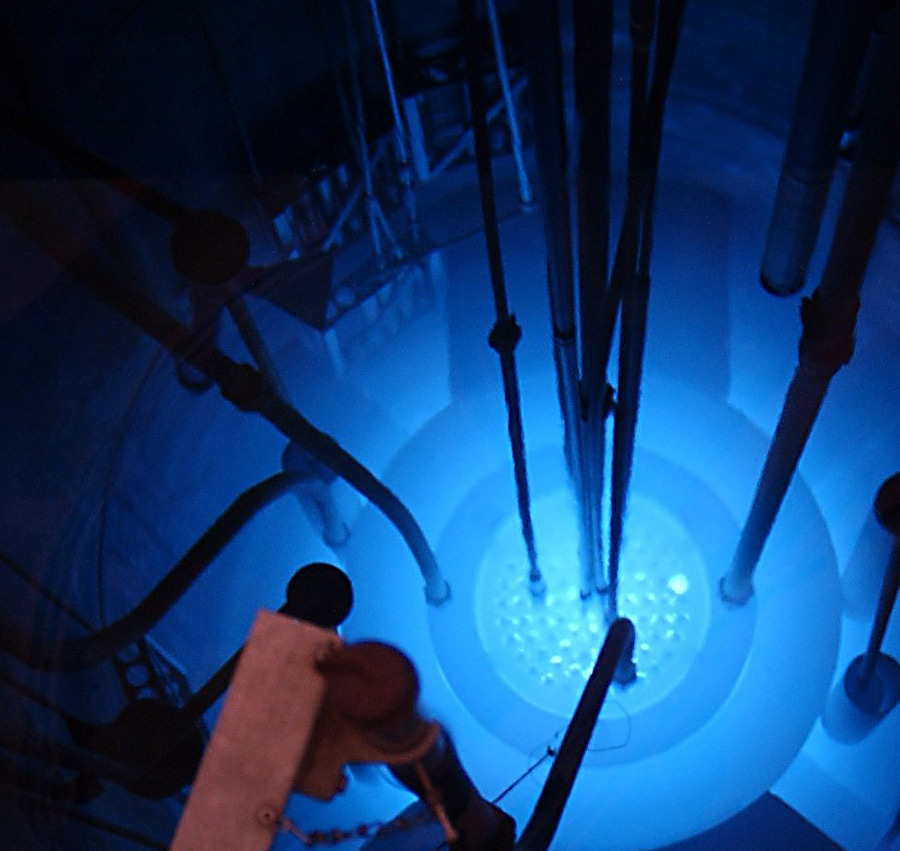
Key Takeaways:
The familiar claim, “Nothing can go faster than light,” is, in fact, misleading. Light travels at different speeds in different media. The speed depends on the medium’s index of refraction (n). Light moves fastest in a vacuum – the symbol c refers to this speed of 670,616,629 mph (1,079,252,849 kilometers per hour, or 299,792,458 meters per second). We write the speed of light in any other medium as c/n.
Vacuum has an index of refraction of 1.0; therefore, light’s speed in a vacuum is c. But light traveling in water – which has an index of refraction of 1.33 – moves at only c/1.33, which equals 0.75c, or 75 percent of its speed in a vacuum.
Most types of glass have indices of refraction between 1.5 and 1.6. So, light traveling in a glass lens moves 60 to 67 percent as fast as it does in a vacuum.
Light changes speed immediately when it passes from one material to another. This is because light interacts with the electric fields of atoms in the material. In fact, this difference is what causes light to change direction, or refract. This is what makes, among other things, telescope lenses possible. Given that the index of refraction is always greater than or equal to 1.0, we can now make a more accurate statement about cosmic speed limits: Nothing can go faster than light in a vacuum.
Objects, however, are free to move at any speed, although objects with mass can never reach c – the speed of light in a vacuum. Special relativity tells us it takes progressively more energy to accelerate an object closer and closer to c. Actually getting to c would require infinite energy.
Consider a high-energy particle produced in an air shower – when a cosmic ray collides with an atom in the atmosphere. Let’s say it’s moving at about 86 percent of c. In air, where the index of refraction is 1.0003, light travels at 99.97 percent of c, so it easily outruns the incoming particle. But, when the particle enters a tank of water, it continues to move at 86 percent of c, while light itself slows to only 75 percent of its vacuum speed. The particle exceeds the local speed of light in the water.
An interesting thing happens when the high-energy particle carries an electric charge. The particle’s electric field propagates slower in water than the particle itself. The result is Cerenkov light.
The details of the Cerenkov process are complicated, but the example of a sonic boom captures most of the features. A sonic boom occurs when an airplane travels through the air faster than the speed of sound. As a result, the airplane “outruns” the noise it is producing, and all the sound piles up behind it into a single coherent wave front called a sonic boom.
With Cerenkov radiation, the “noise” is the presence of an electric field, and the sonic boom is a burst of blue light. — SCOTT WAKELY, UNIVERSITY OF CHICAGO









